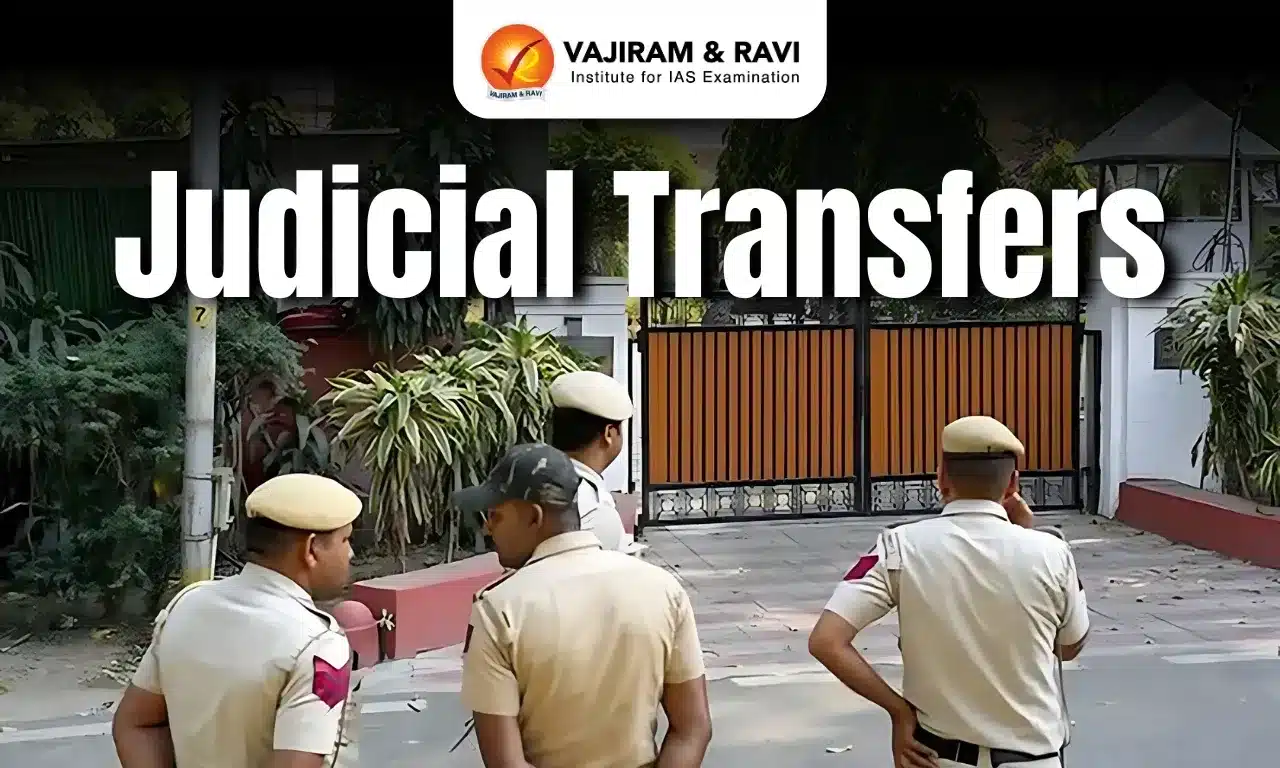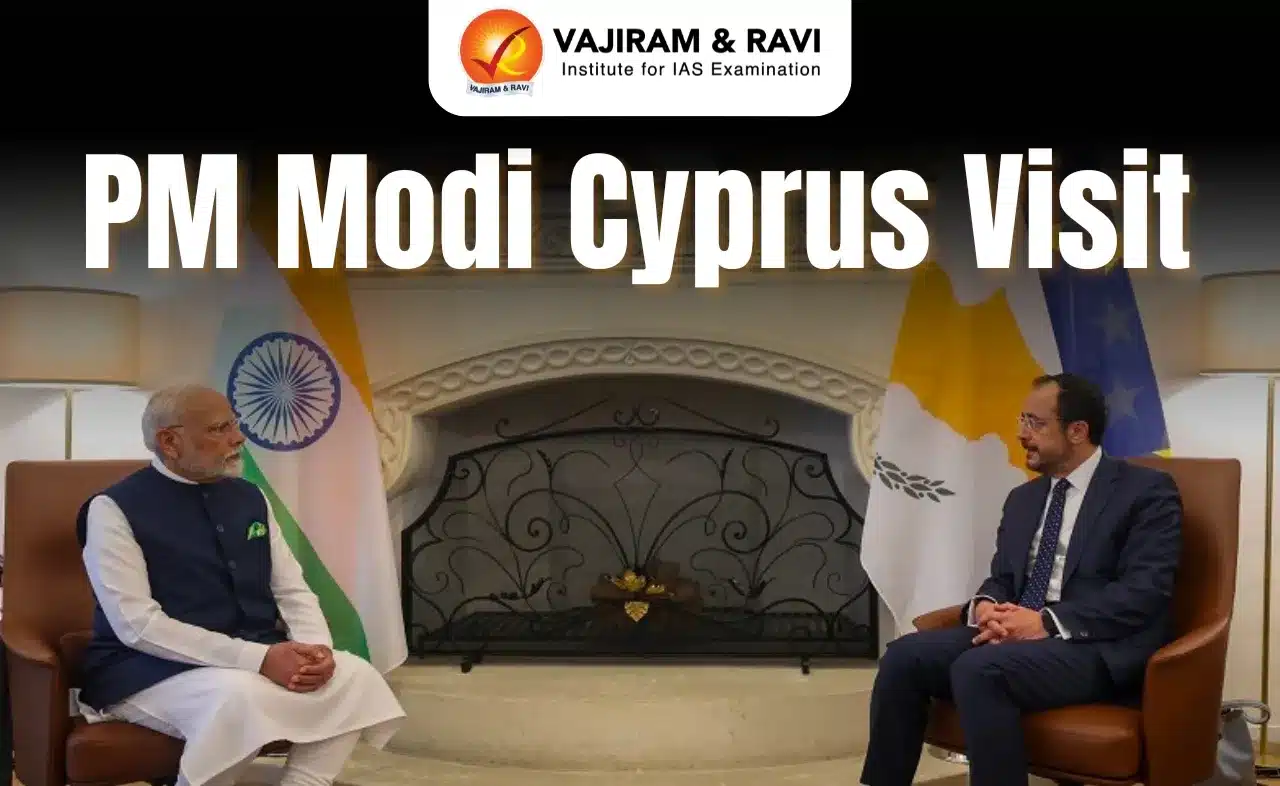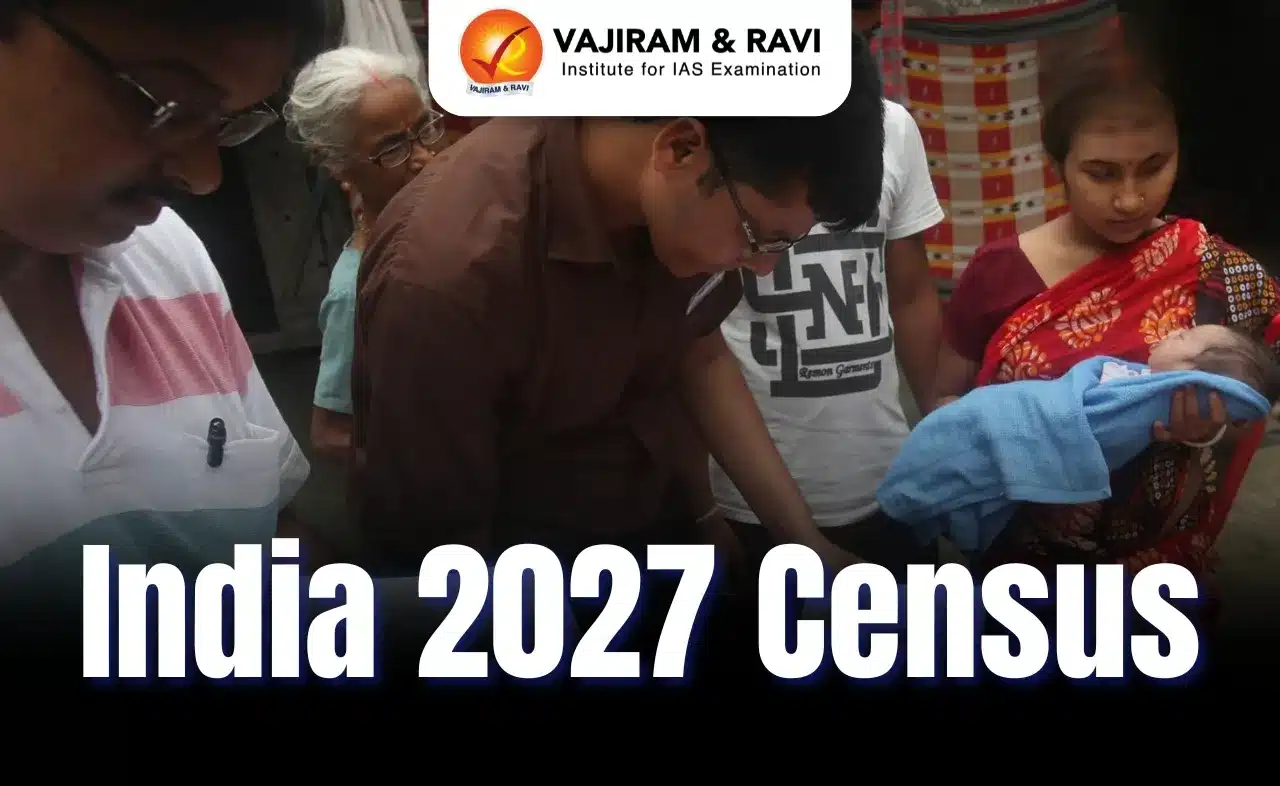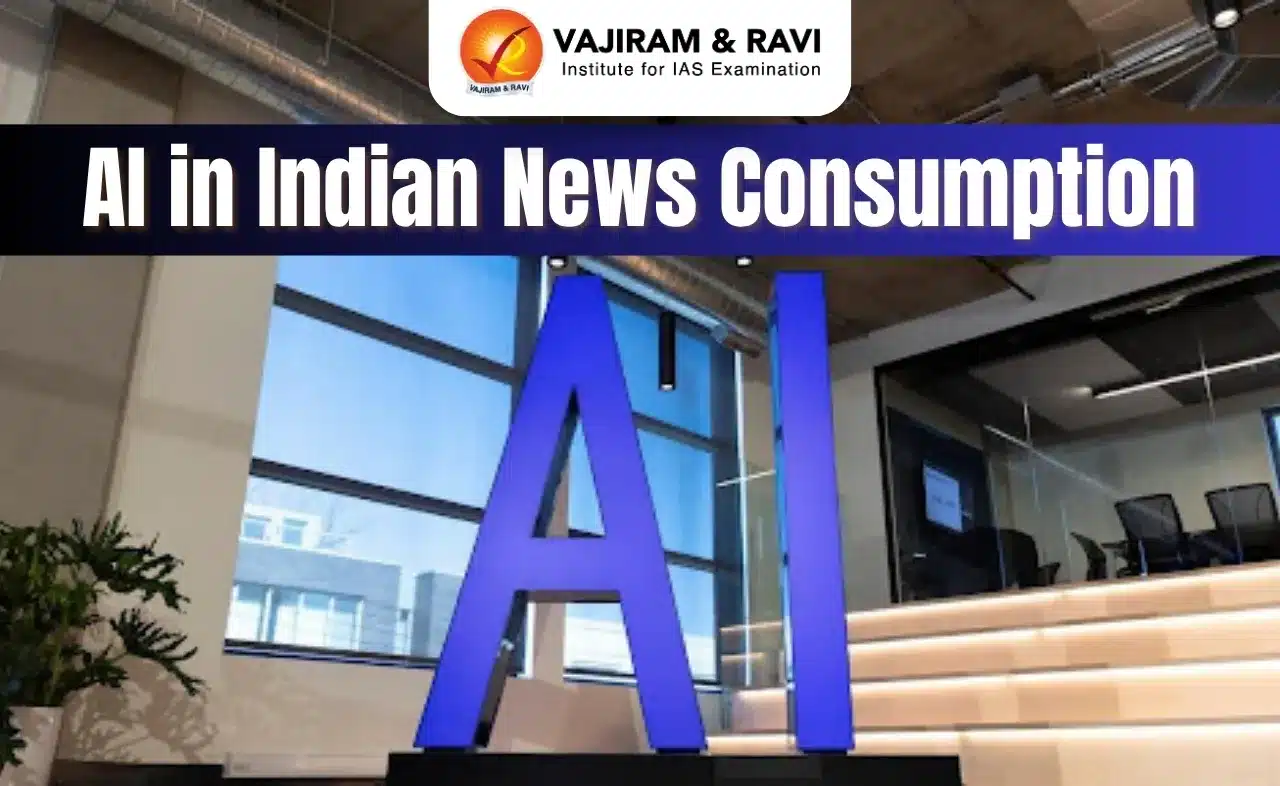What’s in Today’s Article?
- Judicial transfers Latest News
- Transfer of High Court Judges: Constitutional Framework and Judicial Interpretation
- Criticisms of Judicial Transfers in India
- Striking Down of the NJAC: Reasons and Judicial Verdict
- Judicial transfers FAQ’s
Judicial transfers Latest News
- The Union government has notified the repatriation of Justice Yashwant Varma to the Allahabad High Court, following the Supreme Court Collegium’s recommendation.
- His transfer comes amid allegations of charred currency notes being recovered from his residence after a fire, prompting Delhi High Court Chief Justice D.K. Upadhyaya to seek an in-house inquiry.
Transfer of High Court Judges: Constitutional Framework and Judicial Interpretation
- Article 222(1) of the Constitution empowers the President, in consultation with the Chief Justice of India (CJI), to transfer a judge from one High Court to another.
Judicial Evolution of Transfer Process
- First Judges Case (1981): The Supreme Court held that the President’s consultation with the CJI did not require concurrence, affirming the executive’s primacy in judicial transfers.
- Second Judges Case (1993): Overturned the earlier ruling, institutionalizing the collegium system and granting the CJI primacy in transfer decisions. The Court emphasized that transfers must serve the public interest and enhance judicial administration.
- Third Judges Case (1998): Further refined the collegium system, mandating consultation with the four seniormost judges and seeking inputs from Supreme Court judges familiar with the concerned High Court.
Process of Transfer
- The collegium recommends the transfer.
- The Law Minister reviews and advises the Prime Minister.
- The Prime Minister forwards the recommendation to the President.
- Upon presidential approval, the transfer is formalized through a gazette notification.
Key Considerations
- The CJI must consult relevant judges and legal experts to prevent arbitrariness.
- A judge’s consent is not required for transfer.
- Judicial review of transfer decisions is limited to prevent external interference.
Criticisms of Judicial Transfers in India
- Concerns Over Judicial Independence
- The International Commission of Jurists (ICJ) has raised concerns about increasing executive interference in judicial appointments and transfers, undermining judicial independence.
- Lack of Transparency and Accountability
- Judicial transfers, often carried out without the affected judge’s consent, are justified on vague grounds like “public interest” and “better administration of justice.”
- This ambiguity makes it difficult to differentiate between legitimate and punitive transfers.
- Recommendations for Reform
- The ICJ has suggested the establishment of a Judicial Council to oversee appointments and transfers based on transparent, objective, and predetermined criteria.
- It recommends that the council be composed mainly of judges, aligning with international standards of judicial independence.
Striking Down of the NJAC: Reasons and Judicial Verdict
- In 2014, the then government introduced the 99th Constitutional Amendment and the NJAC Act to replace the opaque collegium system for judicial appointments.
- The NJAC was designed as an independent body to appoint Supreme Court and High Court judges.
Composition of the NJAC
- The NJAC was to be chaired by the CJI and included:
- Two senior-most Supreme Court judges
- Union Law Minister
- Two eminent civil society members (one from SC/ST/OBC or a woman)
- These members were nominated by a panel consisting of the CJI, Prime Minister, and Leader of the Opposition.
Political and Legal Challenges
- The amendment passed almost unanimously in Parliament and was ratified by 16 State legislatures.
- However, it was challenged in the Supreme Court, with critics arguing that the veto power granted to any two NJAC members—potentially including the Law Minister—could undermine judicial independence.
Supreme Court Verdict (2015)
- In October 2015, a five-judge Bench ruled (4:1) that the NJAC was unconstitutional, stating that it violated the basic structure of the Constitution, particularly judicial independence.
- The majority held that the Law Minister and non-judicial members could interfere with judicial appointments, compromising autonomy.
- Dissenting opinion by Justice Jasti Chelameswar: He criticized the collegium’s lack of transparency, arguing that NJAC could have prevented “unwholesome trade-offs” and “incestuous accommodations” between the judiciary and executive.
- The verdict restored the collegium system, reinforcing the judiciary’s primacy in appointments but leaving concerns over transparency unresolved.
Judicial Transfers FAQs
Q1. What is the process for transferring High Court judges?
Ans. The collegium recommends transfers, reviewed by the Law Minister, PM, and President before final approval.
Q2. Why was the NJAC struck down?
Ans. The Supreme Court ruled that NJAC violated judicial independence by allowing executive interference in appointments.
Q3. What are the criticisms of judicial transfers?
Ans. Lack of transparency, arbitrary decisions, and potential executive interference undermine judicial independence.
Q4. What role does the collegium system play?
Ans. The collegium, led by the Chief Justice of India, selects and transfers judges without government intervention.
Q5. What reforms have been proposed for judicial transfers?
Ans. Experts suggest a Judicial Council to ensure transparent, merit-based appointments and transfers.
Last updated on June, 2025
→ UPSC Notification 2025 was released on 22nd January 2025.
→ UPSC Prelims Result 2025 is out now for the CSE held on 25 May 2025.
→ UPSC Prelims Question Paper 2025 and Unofficial Prelims Answer Key 2025 are available now.
→ UPSC Calendar 2026 is released on 15th May, 2025.
→ The UPSC Vacancy 2025 were released 1129, out of which 979 were for UPSC CSE and remaining 150 are for UPSC IFoS.
→ UPSC Mains 2025 will be conducted on 22nd August 2025.
→ UPSC Prelims 2026 will be conducted on 24th May, 2026 & UPSC Mains 2026 will be conducted on 21st August 2026.
→ The UPSC Selection Process is of 3 stages-Prelims, Mains and Interview.
→ UPSC Result 2024 is released with latest UPSC Marksheet 2024. Check Now!
→ UPSC Toppers List 2024 is released now. Shakti Dubey is UPSC AIR 1 2024 Topper.
→ Also check Best IAS Coaching in Delhi
























